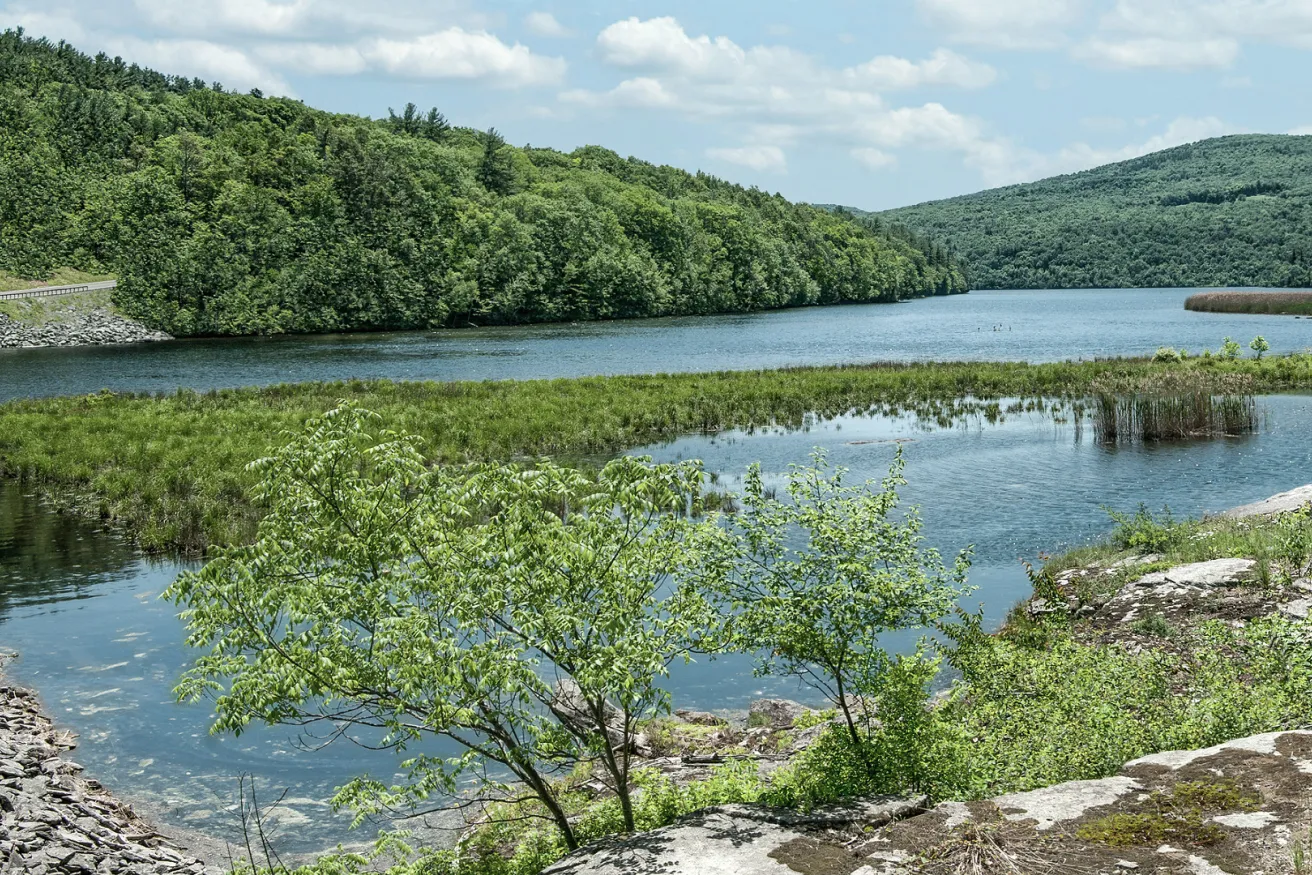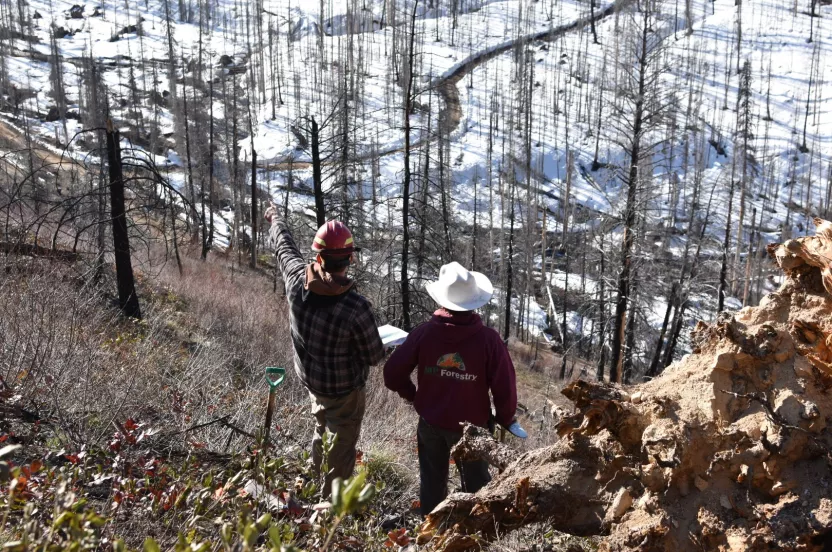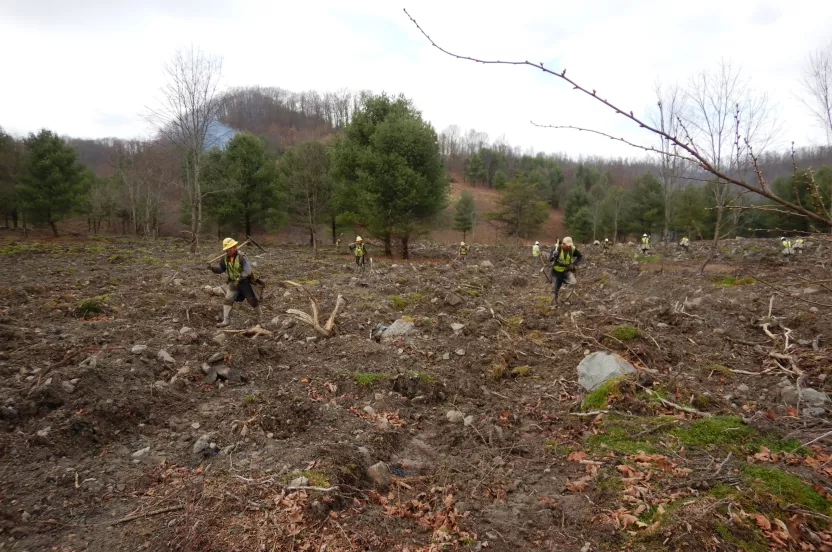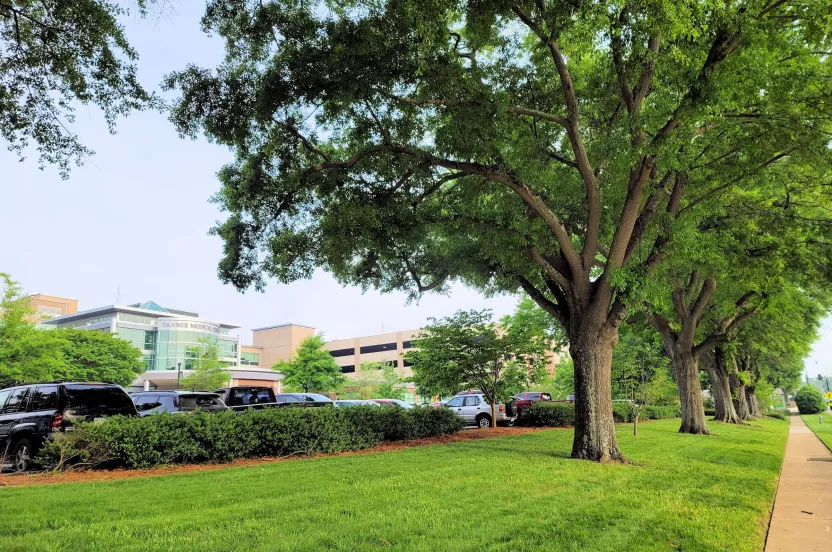Now live: The 2025 Canopy Report. Learn how Americans see trees. GET THE REPORT
We all have them. Hunting and fishing spots that hold special meaning for us. A trout stream where we first learned to fly fish, and that remains our favorite even though we’ve explored many streams since. Or maybe there’s a public forest nearby where the deer hunting just seems to get better and better. These places change over time, because that’s what nature does. Sometimes change comes from man. It can be productive and positive. Or not. We need to know the difference, and act accordingly.
-Mary Taylor, Special Places, and the need to protect
There is a list of reasons why it is important to keep America’s forests healthy. From air quality to wildlife habitat to flood control and watershed protection. What’s more extraordinary than the benefits national forests give us are the signs from nature when these wonders start to deteriorate. We benefit when we learn to work with nature instead of against it.
That is what we’re doing with Trout Unlimited. We’re working with them to replant trees on the Catskill Mountains of New York that will help keep watersheds clean and healthy. Trout Unlimited is dedicated to conserving, protecting, and restoring North America’s coldwater fisheries and their watersheds. One of nature’s signs of an unhealthy watershed is seen through the presence of its inhabitants.
Brook trout are the only native trout found throughout most of the eastern U.S., but they only survive in the coldest and cleanest water. Their presence is an indicator of a healthy watershed. When their populations start to decline, it is a warning of trouble.
A lack of riparian buffers along streams and rivers has led to contaminated water sources. In an effort to protect important water sources and brook trout before they disappear forever, we are planting trees along watersheds throughout the Catskill Mountains.
These trees will provide bank stability and absorb excess rainfall, preventing flooding. Their roots will act as a buffer, removing sediments from the soil and cleansing water along the way. In addition to maintaining healthy watersheds, trees are home to numerous animals including black bears, white-tailed deer, and porcupine.
Visit Replanting our Forests to learn how you help protect watersheds and bring life back to our forests.




